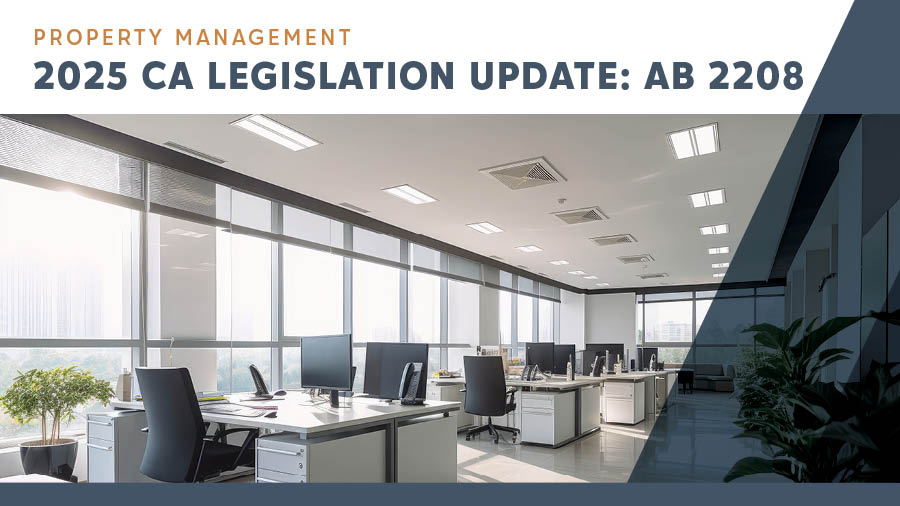
AB 2208: How to Stay Compliant with California’s 2025 Fluorescent Lighting Ban
OVERVIEW OF THE LEGISLATION
In a significant move toward environmental sustainability and public health, California has enacted Assembly Bill 2208 (AB 2208), which mandates the phase-out of fluorescent lighting. Effective January 1, 2025, the sale and distribution of linear fluorescent lamps (LFLs) will be prohibited statewide. This follows the earlier ban on compact fluorescent lamps (CFLs), including screw and bayonet base types, which took effect on January 1, 2024. (dtsc.ca.gov)
GOALS AND BENEFITS OF THE BAN
The primary objective of AB 2208 is to eliminate the use of fluorescent lamps that contain mercury, a hazardous substance posing significant environmental and health risks. Improper disposal of these lamps can lead to mercury contamination in soil and water, adversely affecting ecosystems and public health. (dtsc.ca.gov)
TRANSITIONING TO LED LIGHTING OFFERS NUMEROUS ADVANTAGES
- Energy Efficiency: LEDs consume approximately 75% less energy than incandescent bulbs and significantly outperform fluorescent lamps, leading to substantial reductions in electricity bills. (energystar.gov)
- Longevity: LED bulbs have a lifespan up to 25 times longer than traditional lighting options, reducing maintenance and replacement costs. (energystar.gov)
- Environmental Impact: LEDs do not contain mercury, making them safer for the environment and simplifying disposal processes. (dtsc.ca.gov)
- Improved Light Quality: LED lighting provides better quality illumination, enhancing the comfort and productivity of building occupants. (energystar.gov)
KEY STEPS FOR BUILDING OWNERS TO ENSURE COMPLIANCE
- Inventory Assessment: Conduct a comprehensive audit of existing lighting systems to identify the presence of CFLs and LFLs. This will help prioritize areas for retrofitting.
- Budget Planning: Allocate funds for the transition to LED lighting. While the initial investment may be higher, the long-term savings in energy and maintenance costs justify the expenditure.
- Proper Disposal: Familiarize yourself with local regulations regarding the disposal of fluorescent lamps. Utilize authorized recycling facilities to prevent environmental contamination. The California Department of Toxic Substances Control provides guidelines on managing waste fluorescent bulbs and other mercury-containing lamps.
- Implementation of LED Retrofits: Engage with qualified professionals to ensure that LED installations meet safety standards and are compatible with existing fixtures. Consider factors such as light quality, energy efficiency, and control systems.
- Leverage Incentives: Explore available utility incentives and rebates for energy-efficient upgrades. For instance, Southern California Edison offers various rebates and incentives for businesses transitioning to energy-efficient lighting.
- Performance Monitoring: After installation, monitor energy consumption and lighting performance to verify savings and ensure optimal operation.
By proactively addressing these steps, building owners can not only comply with California’s legislative requirements but also enhance the value, safety, and efficiency of their properties.
_______________________
562-697-5000
The insights presented here are based on information provided by Green Econome, a full-service energy and water efficiency consulting and construction firm. Green Econome helps commercial real estate owners reduce their operating costs and increase property values by providing custom solutions to complex environmental challenges as well as ESG and sustainability goals.
The information provided in this article should not be considered legal advice. Always contact your attorney to discuss how the law applies to your specific situation.

